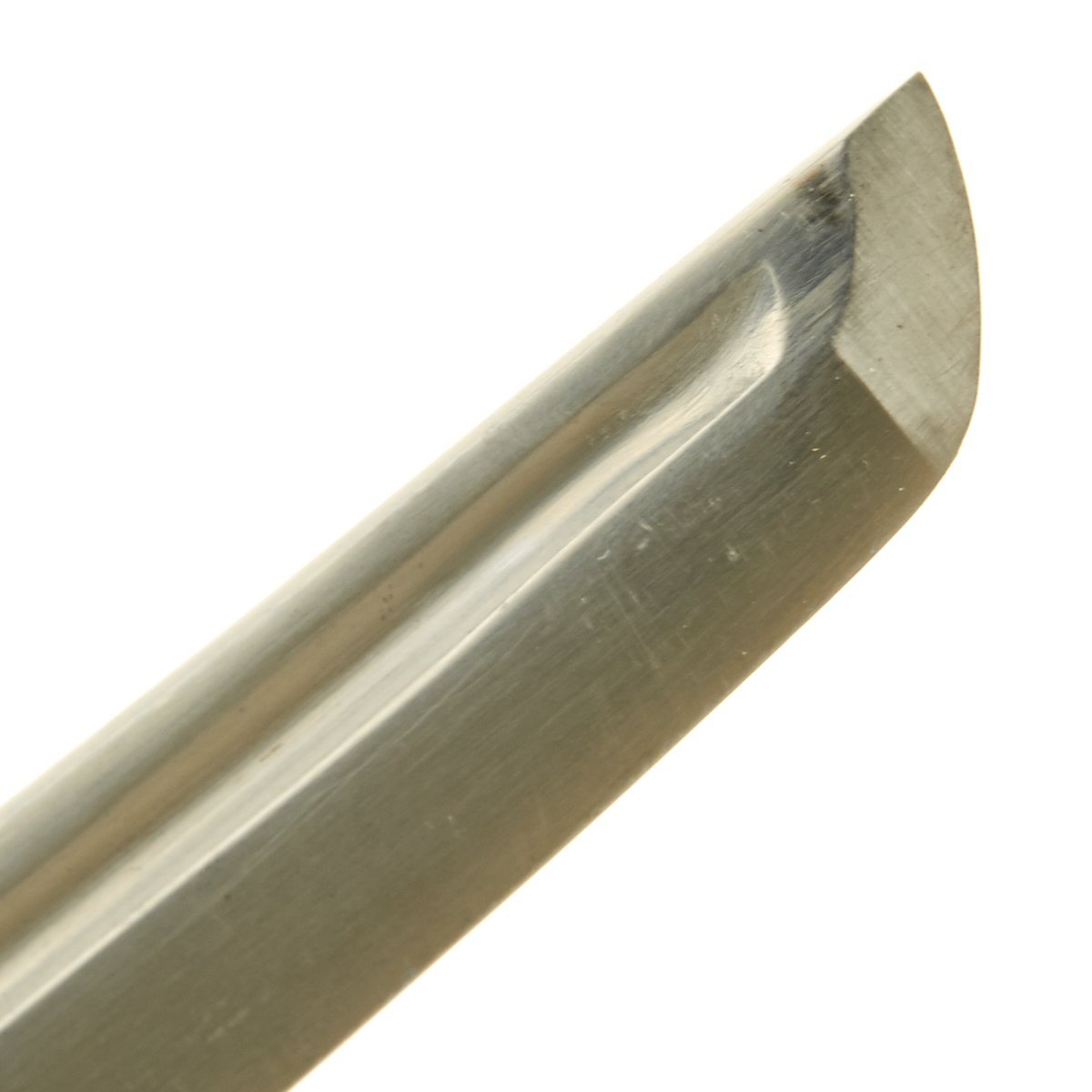
We assume no liability associated with misuse of our products. All orders are subject to acceptance by IMA Inc, which reserves the right to refuse any order. By placing an order, the buyer represents that he/she is in compliance with the law and will utilize the items in a lawful manner. However, it is ultimately the responsibility of the buyer to be in compliance of laws that govern their specific location. IMA works diligently to be aware of these ever changing laws and obeys them accordingly. Gun magazine laws, concealed weapons laws, laws governing new made display guns, airsoft guns, blank fire guns, and other items vary greatly by nation, state and locality. IMA considers all antique guns offered on our website as non-firing, inoperable and/or inert. This law exempts antique firearms from any form of gun control or special engineering. Code, Section 921(a)(16) defines antique firearms as all guns manufactured prior to 1899. Every musket, rifle, display machine gun, machine gun parts set or gun sold by IMA, Inc is engineered to be inoperable according to guidelines provided by the US Bureau of Alcohol, Tobacco, Firearms and Explosives (BATF). Everything for sale on is completely legal to own, trade, transport and sell within the United States of America. Legal Notice - International Military Antiques, Inc observes all Federal, State and local laws. Overall a very good condition WW2 Type 95 NCO Katana that will appreciate in value over the coming years. Overall the fit and finish is definitely far above a replica, which can be seen in the photos. The scabbard is painted the correct green color, and the spacing from the top to the hanging ring is the correct length. It has the correct arsenal markings on the hilt collar (fuchi) and blade, and the spacers (seppa) are cast and rounded, while the replicas are crudely cut. There are some Chinese replicas of these out there, however this sword is definitely genuine.

The scabbard still has lot of the original olive green paint present, with the expected oxidation where it has worn away. However it still has the correct yellow highlighting on the "menuki" and cherry blossom on the pommel. The brown paint on the hilt has partly worn away, as it did not really stick well to the aluminum. There are a few nicks on the edge of the blade, but they are hard to photograph. The condition of this sword is very good, though the blade definitely does show some wear. NCO Katanas were issued to soldiers who did not want to take their family sword to battle or who came from poor families that did not have swords to pass down through the generations. But machine made swords like this one do not have the accuracy of manufacturing that enable the Habaki to perform such a function. Traditionally this function is assigned to the Habaki (blade collar). This prevents the sword from falling when the soldier is running. The sword is complete with the metal locking spring tab that secures the blade to the scabbard. Most swords do not have matching numbers because somewhere along the life of the sword the scabbard was changed.
#Wwii japanese sword serial numbers serial number
This example has a matching serial number 93225 on both the blade and the throat of the scabbard. It is said that during battle soldiers would not use the ring but rather would stick the sword through the belt the same way as the Samurai in ancient times.Īll NCO swords were numbered. The design copies the typical WWII Imperial Japanese Army style fittings, known as the "New Military Sword" ( 新軍刀 - shin guntou) style, with a single hanger ring and bolster on the scabbard. Blade is 26 1/4 inches long, with an overall length of 36 1/4inches. The grip wrapping and menuki are cast-formed, and then painted to give the illusion of fabric wrappings and gilt menuki. This service used example is a genuine WWII Japanese Type 95 NCO Samurai Sword or katana, with aluminum handle construction and machine made fullered blade. But a small percentage made its way back to the United States and into the collector market. The Americans destroyed a large number of swords by dumping them into the ocean or by melting them. Most soldiers and citizens surrendered their swords to the American occupying forces. General McArthur did not want the general population to be able to arm again. By law, Japanese citizens were forbidden to own swords. The end of WWII marked the beginning of the sword ownership ban in Japan.


 0 kommentar(er)
0 kommentar(er)
